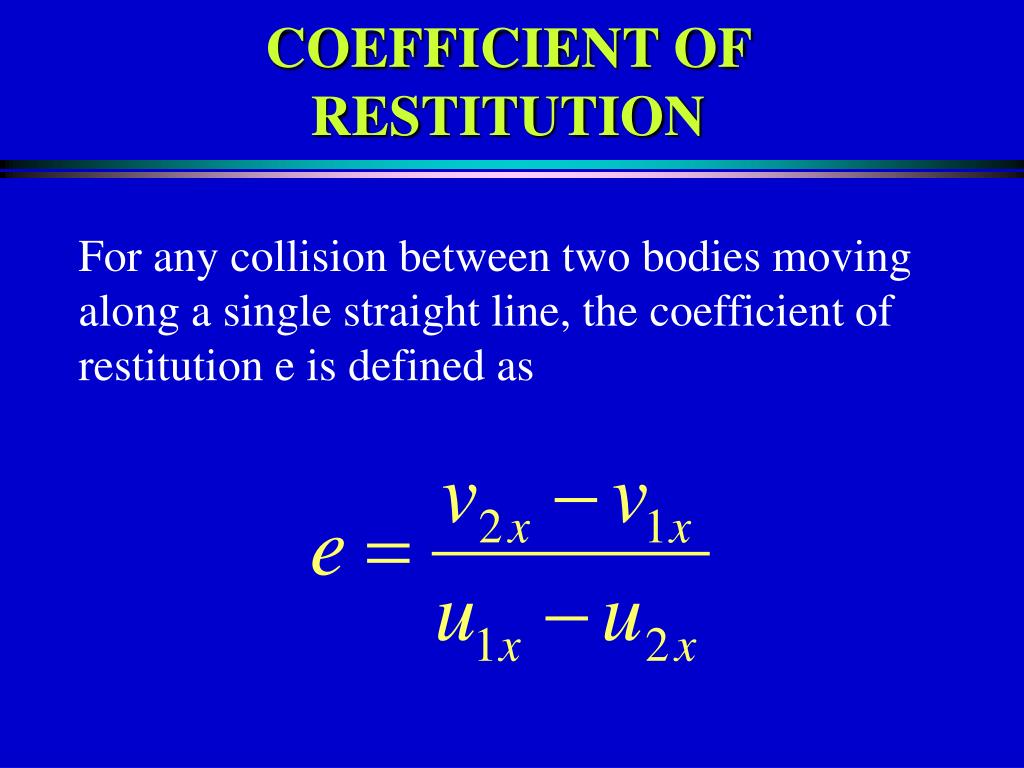

The complex pattern which they exhibit in the case of a sinusoidal vibration.Īt last, we show that the use of an aperiodic motion makes it possible to get Then, we report on correlations in the chaotic regime and discuss theoretically Propose three different ways to measure the associated restitution coefficient. First, we make use of theĮxperimental system to introduce the notion of dissipative collisions and to We show that the entire trajectory of the ball can still be reconstructedįrom the measurement of the collisions times. Our experimental device makes it possible to impose, to the plate,Īrbitrary trajectories and not only sinusoidal or random, as is generally theĬase. The system was originally used,Ĭonsidering a sinusoidal vibration, to illustrate period doubling and the route We describe an experiment dedicated to the study of the trajectories of aīall bouncing randomly on a vibrating plate. We envision that this work is a step towards integrating audio-based inference for dynamic robotic tasks. The second experiment integrates audio perception with a robotic arm to track and deflect a bouncing ball in real-time. First, open-loop predictions anticipate probabilistic success of bouncing a ball into a cup. The predictive capabilities of the dynamics model are tested in two robotic experiments.
#COEFFICIENT OF RESTITUTION SIMULATOR#
The same inference framework and the calibrated stochastic simulator are then used to learn a probabilistic model of ball dynamics.

A likelihood-free Bayesian inference framework is used to infer the parameters of the noise model, as well as a material property called the coefficient of restitution, from audio observations. A physically-motivated noise model is presented to capture stochastic behavior of the balls upon collision with the environment.

This work presents STReSSD, a framework that uses sound to bridge the simulation-to-reality gap for stochastic dynamics, demonstrated for the canonical case of a bouncing ball. Sound is an information-rich medium that captures dynamic physical events. It particularly emphasizes the use of computer interfacing for conducting conventional physics experiments. The work presented here is suitable for undergraduate laboratories. The experiments were performed using audio and surface-temperature sensors interfaced with a computer through a USB port. Since the effect of temperature on the bounce of a squash ball is significant, we studied the temperature dependence of its elastic properties.

We used our analysis for different types of ball material: rubber (lawn-tennis ball, super ball, soccer ball and squash ball) and plastic (table-tennis ball) at room temperature. This equation was then solved to study the elastic and dynamic properties of its motion by expressing them in terms of experimentally measurable physical quantities such as contact time, coefficient of restitution, etc. By including these two factors we formed a differential equation for the equivalent mass–spring system of the bouncing ball. We represented the elasticity of the system through the spring constant 'k' and the viscous damping effect, causing loss of energy, through damping constant 'c'. We studied the motion of a bouncing ball by representing it through an equivalent mass–spring system executing damped harmonic oscillations.


 0 kommentar(er)
0 kommentar(er)
